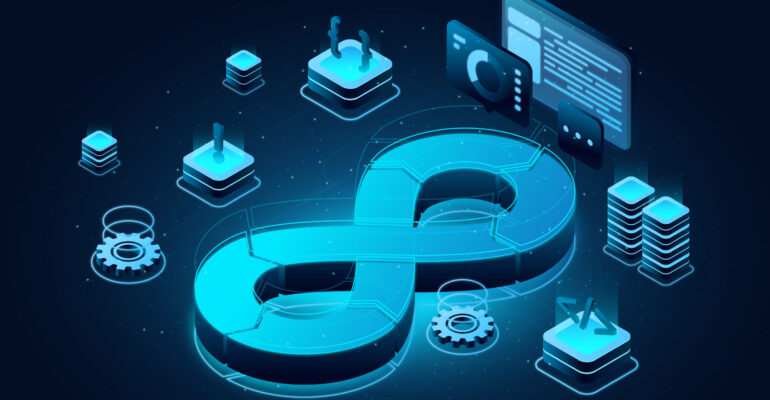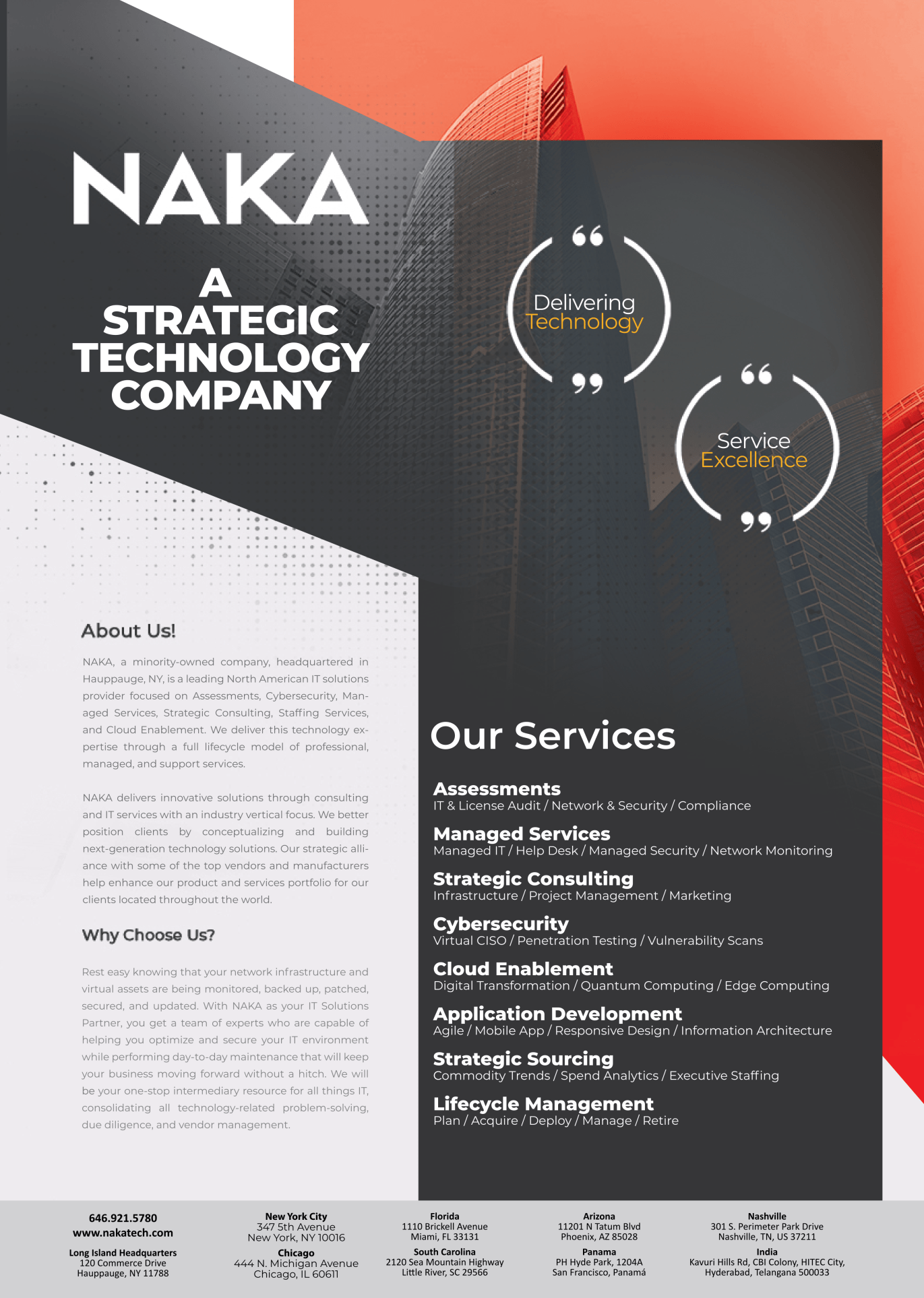What is Devsecops as a Service?

Security is crucial in today’s digital environment, particularly for software development. In this situation, “DevSecOps as a Service” can help by providing a comprehensive method for smoothly incorporating security procedures into the development process.
Development, Security, and Operations are combined in DevSecOps, with a focus on automation and teamwork to improve security across the software development lifecycle. Organizations can use cloud-based platforms or hire a DevSecOps Software Solutions & Services Company to simplify security procedures without compromising efficiency or agility. DevSecOps as a Service promotes a proactive security culture by integrating security into every step of the development pipeline. This lowers the risk of vulnerabilities and guarantees compliance with regulatory standards.
This approach not only strengthens applications against possible attacks but also encourages ongoing development, allowing teams to quickly produce safe, excellent software.
Now let’s explore some of the core principles and practices that underlie DevSecOps.
1. Automation in Security Practices:
Automation is essential to improving security procedures in the DevSecOps architecture. Organizations can ensure continuous use of effective security measures while streamlining their development pipeline by automating different security processes. The direct integration of security testing tools into the Continuous Integration/Continuous Deployment (CI/CD) pipeline is a crucial component of automation in security operations. With the help of these tools, developers can fix vulnerabilities early in the development lifecycle by automatically scanning code repositories for things like misconfigurations or insecure dependencies. They also give developers rapid feedback on their findings.
Furthermore, automation makes it easier to apply security controls and policies to both application and infrastructure components. By automating infrastructure provisioning and setup, configuration management systems make sure that security best practices are followed uniformly in all environments. Furthermore, firms can respond to security problems quickly thanks to automated incident response mechanisms, which reduce downtime and potential damage.
All things considered, automation in security processes strengthens the security posture of applications by promptly detecting and addressing vulnerabilities, while also increasing the effectiveness of the development process. By keeping security a high focus throughout the software development lifecycle, this proactive approach to security helps firms stay ahead of possible attacks.
2. Compliance and Regulatory Standards
- Industry-specific Regulations: DevSecOps teams must navigate compliance with sector-specific regulations like HIPAA in healthcare or PCI-DSS in finance. Understanding these standards ensures that security practices are tailored to industry needs, minimizing risks and ensuring legal compliance.
- International Standards: Compliance with global standards such as ISO 27001 and GDPR is essential for organizations operating across borders. Aligning DevSecOps practices with these standards fosters trust with international partners and customers while safeguarding sensitive data and maintaining privacy standards.
- Audit and Reporting Requirements: Robust audit mechanisms and reporting tools are vital for demonstrating compliance with regulatory standards. DevSecOps teams leverage these tools to track and document security measures, facilitating smooth audits and ensuring transparency with regulatory bodies.
- Continuous Compliance: Rather than treating compliance as a one-time event, DevSecOps emphasizes continuous adherence to regulatory standards throughout the development lifecycle. By integrating compliance checks into automated pipelines, organizations can maintain compliance seamlessly, reducing the risk of non-compliance-related incidents.
- Risk Management Frameworks: DevSecOps aligns with established risk management frameworks such as NIST’s Cybersecurity Framework or COBIT to identify, assess, and mitigate security risks effectively. Integrating these frameworks ensures that compliance efforts are strategic, proactive, and aligned with broader organizational goals.
- Legal Implications: Non-compliance with regulatory standards can have severe legal consequences, including fines, penalties, and reputational damage. DevSecOps teams must understand the legal implications of non-compliance and implement robust security measures to mitigate risks and ensure adherence to regulatory requirements.
3. Collaborative Security Culture
DevSecOps as a Service is built on a foundation of collaborative security culture, which emphasizes the significance of dismantling silos between development, security, and operations teams. This method views security as an essential component of the development process from the outset rather than an afterthought or a stand-alone function.
Teams work closely together from the beginning, considering security needs, possible threats, and how to mitigate them. Developers learn more about security principles in-depth, and security specialists get more knowledgeable about requirements and development environment. This kind of cooperation encourages everyone in the company to share accountability for security.
Throughout the software development lifecycle, security risks are consistently addressed thanks to regular feedback loops and communication. Security specialists carry out security reviews, offer assistance in putting security measures in place, and offer advice on best practices. Security is a team effort since developers proactively find and report vulnerabilities.
Organizations can enhance their ability to identify and mitigate security threats and develop better, more resilient software applications by fostering a collaborative security culture. This strategy also fosters a culture of learning and development, where teams regularly enhance their security procedures in response to feedback and changing threats.
A Software Solutions & Services Company can play a crucial role in facilitating this collaborative security culture within organizations, providing the necessary expertise and tools to align development, security, and operations teams effectively.



